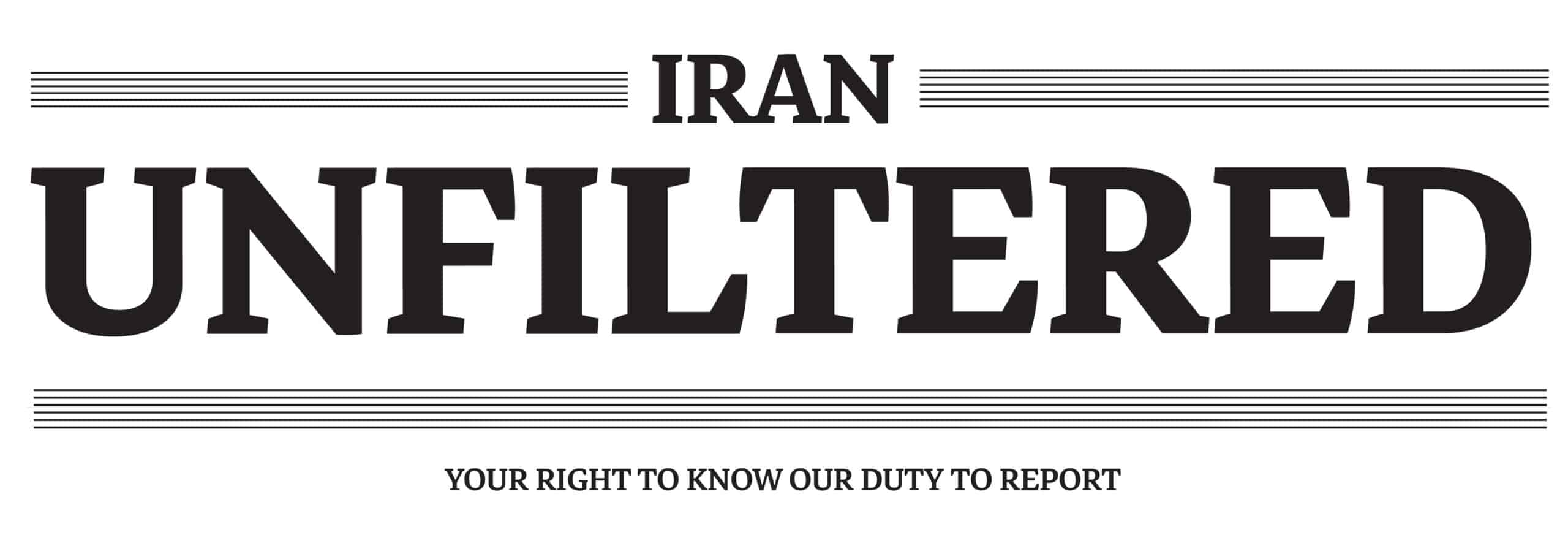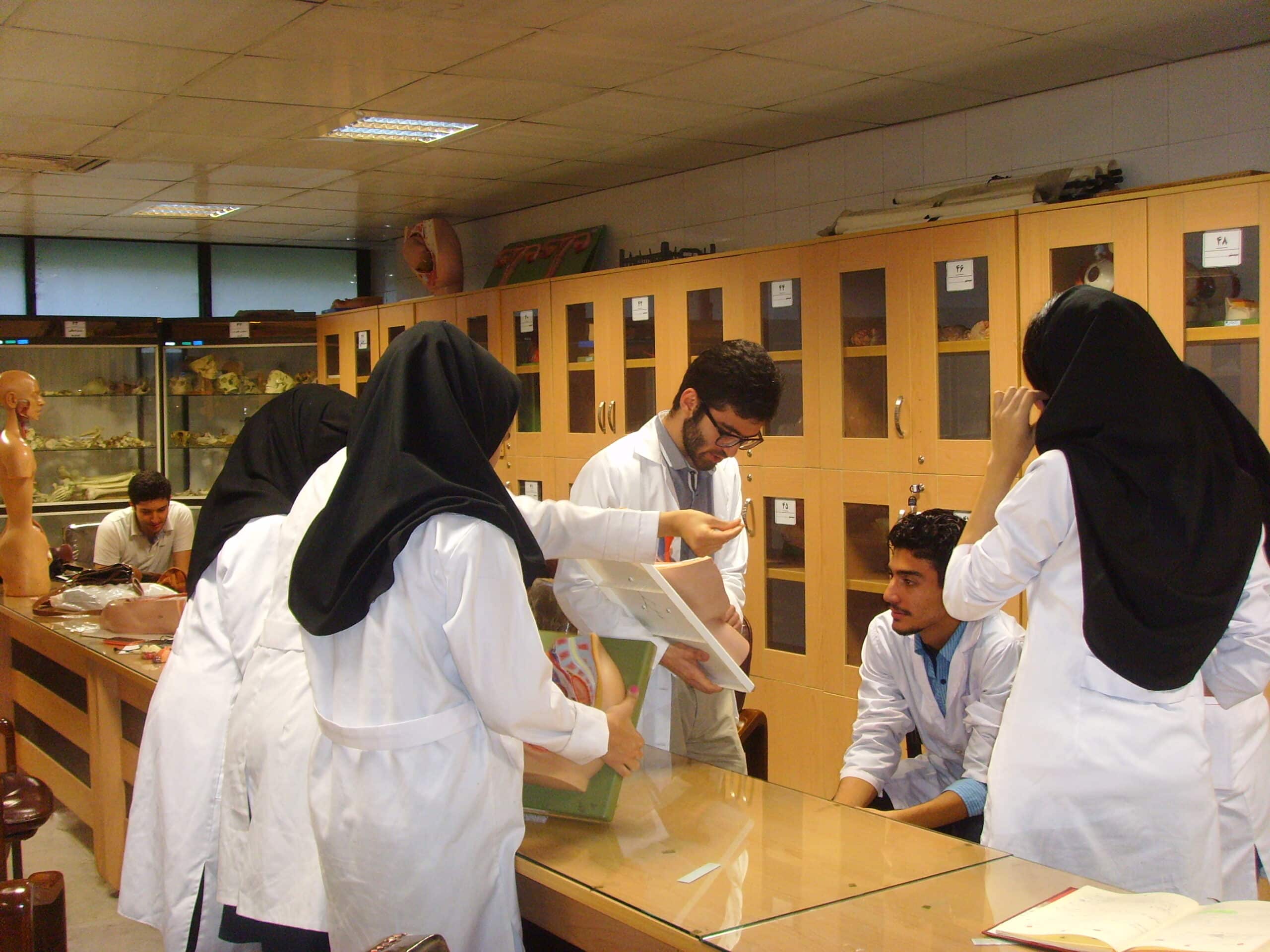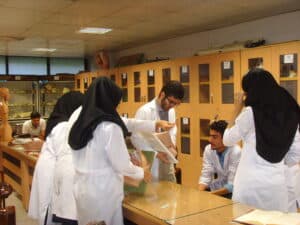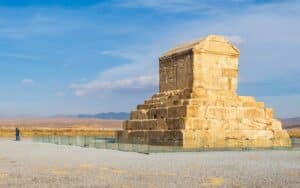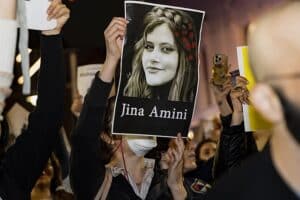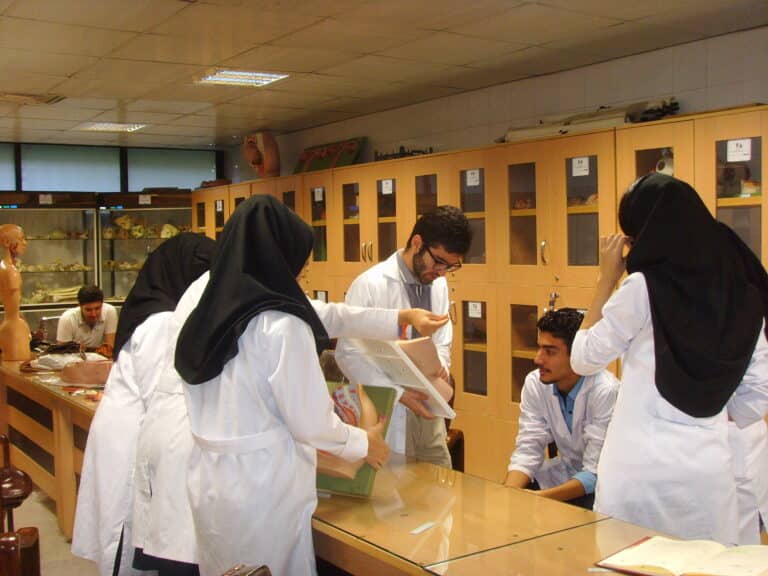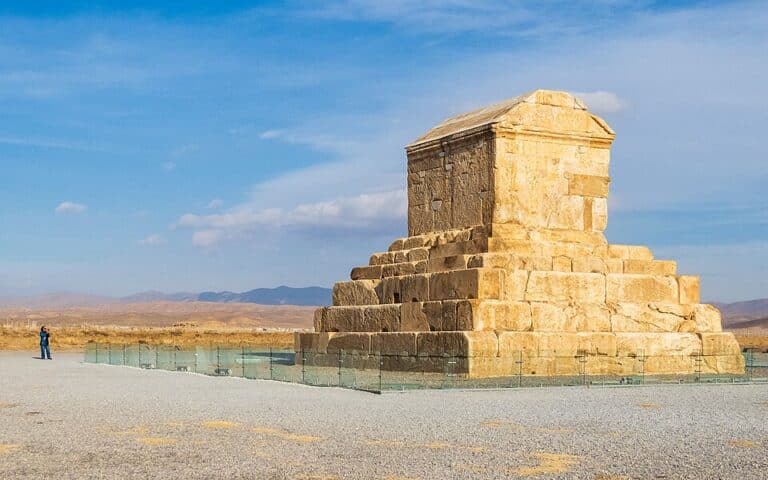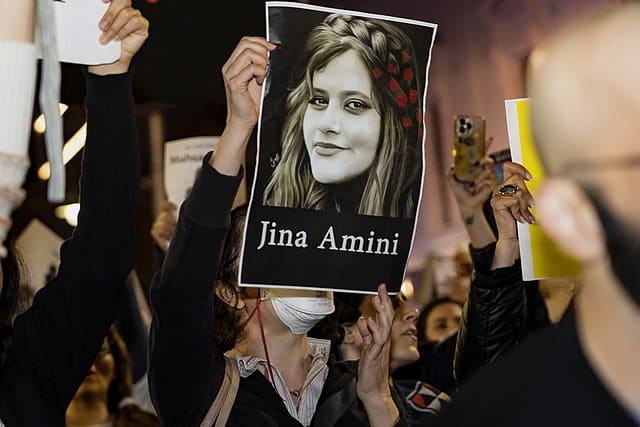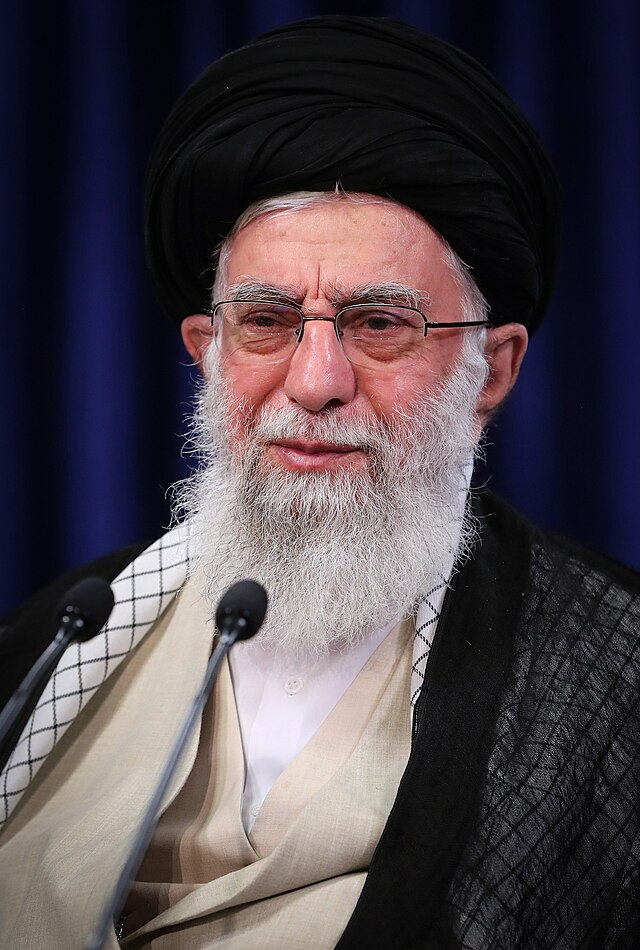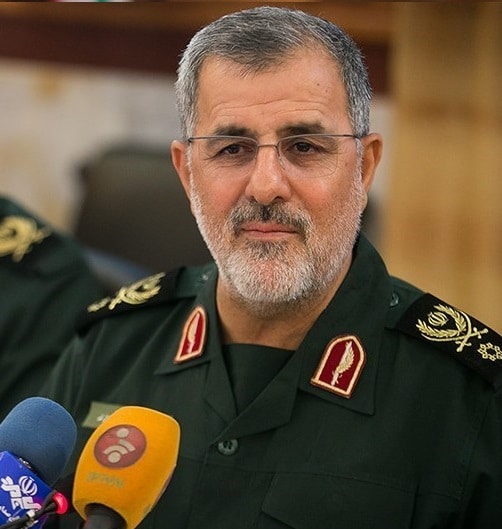From universities in Tehran to campuses abroad, young Iranians are searching for a safe and good horizon for their education
Millions of students have streamed back this week to thousands of campuses across Iran, marking the start of the 1404-1405 academic year. The return comes on the heels of a turbulent summer: the “12-day war” that disrupted the end of the previous semester is still on the minds of many. Students are arriving energized and eager, but a sense of uncertainty continues to hover over the corridors of academia.
According to the latest figures from the Institute for Research and Planning in Higher Education, more than 3.35 million students are enrolled in universities and higher education centers nationwide. The tally is incomplete, however, since results from the national entrance exam – known as the Konkur – have yet to be released. Delayed by the war, the exam was held only in early September, leaving thousands of new students uncertain about when they will officially join the university system.
Engineering and law remain the fields which fill the most lecture halls, followed closely by the humanities, the natural sciences, social sciences, and medicine. Iran’s flagship institutions—the University of Tehran, Tehran University of Medical Sciences, and the Sharif University of Technology (often dubbed Iran’s MIT) – top the list of prestigious destinations. Nationwide, nearly 80,000 full-time faculty members are employed, shaping the next generation of scholars.
Yet beneath the excitement, worries persist. Student life itself brings pressures: academic competition that fuels anxiety, struggles to fit in socially, and deteriorating dormitory conditions that recently drew media criticism for neglect, and lastly, spoiled cafeteria food. A relatively recent study found that 48 percent of students exhibit symptoms of depression or anxiety, prompting universities to expand both material and mental-health support.
Other concerns are uniquely Iranian. Last year, classes were repeatedly disrupted by war, environmental crises, and water and electricity shortages, pushing many programs online. Deputy Education Minister at the Ministry of Science, Abolfazl Vahidi said the government is committed to face-to-face learning and ordered universities to upgrade infrastructure. Still, he acknowledged that climate issues, pollution, or “unforeseen events” could again force campuses back into virtual mode.
Despite domestic challenges, Iranian higher education maintains a strong international reputation. Thousands of students leave each year to study abroad — most often in Turkey, Germany, Canada, Italy, the United States, Britain, Australia, Malaysia, and Russia — building academic future. In 2024, more than 100,000 Iranians enrolled in universities outside the country. But the recent re-activation of the “snapback” sanctions mechanism has cast doubt over these opportunities, leaving many students uncertain about their chances of pursuing degrees overseas. Science Minister Hossein Simaee Sarraf spoke about the effects of the snapback sanctions on academic life, admitting that even now it has become difficult for Iranian professors to find international collaborations. He noted that only a few dozen are currently able to do so, “while in the past this figure reached one or two thousand.”
Even so, students are voting with their feet: flocking to lecture halls, libraries, dormitories, and labs to continue their personal, social, and scientific experiences. The start of the academic year fits into the long-lasting chain of knowledge and scientific development deeply rooted in Iranian culture.
Photograph: Realmastery, Wikimedia Commons
